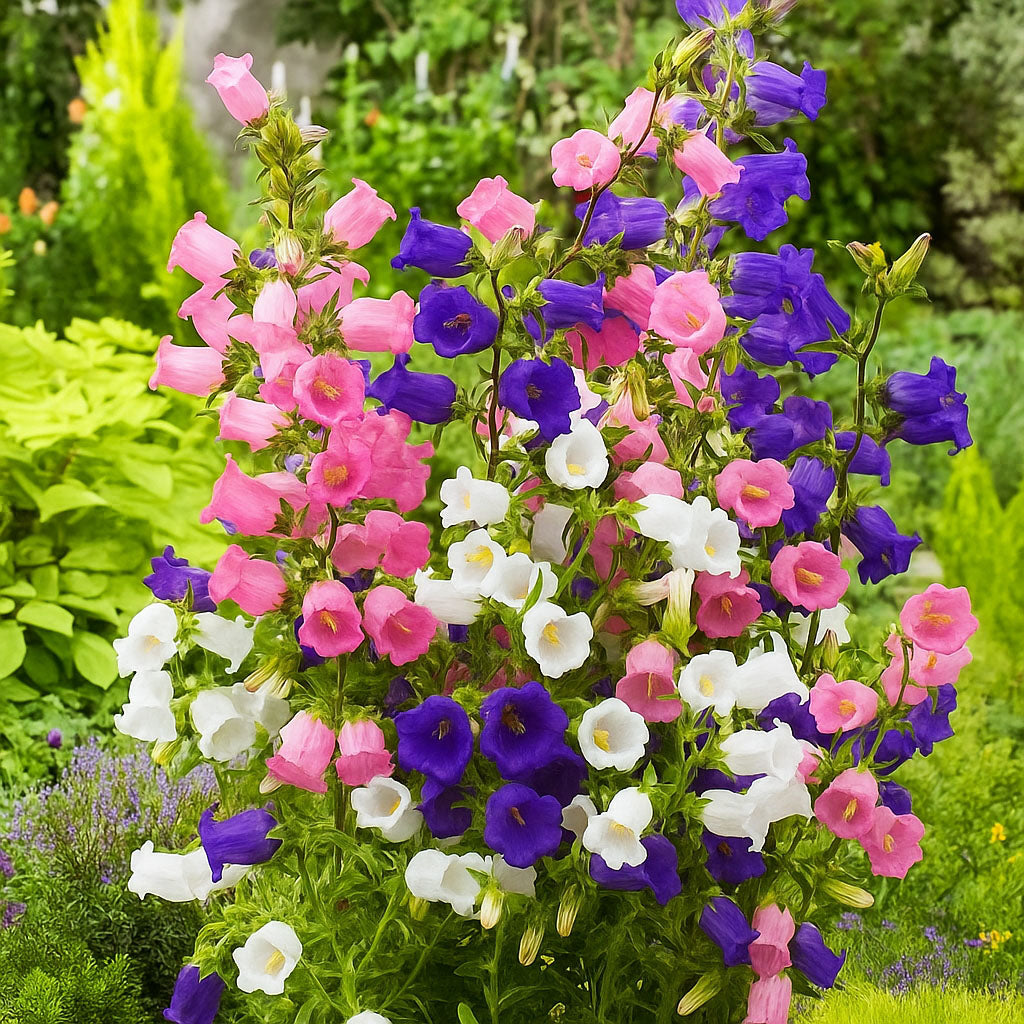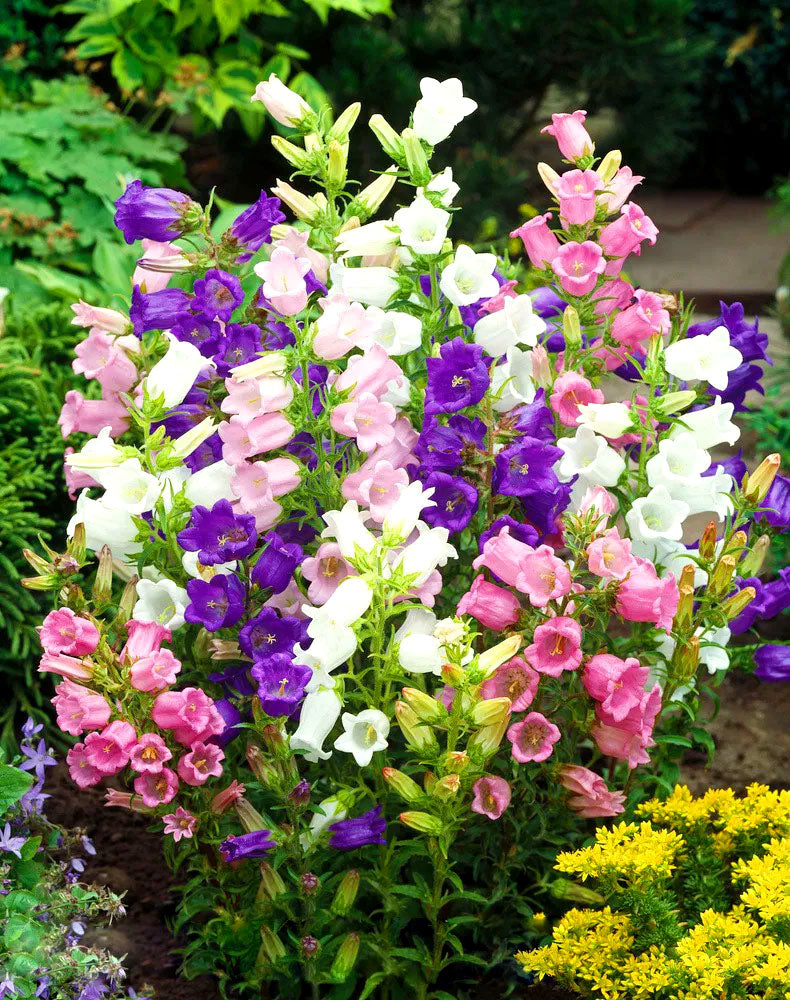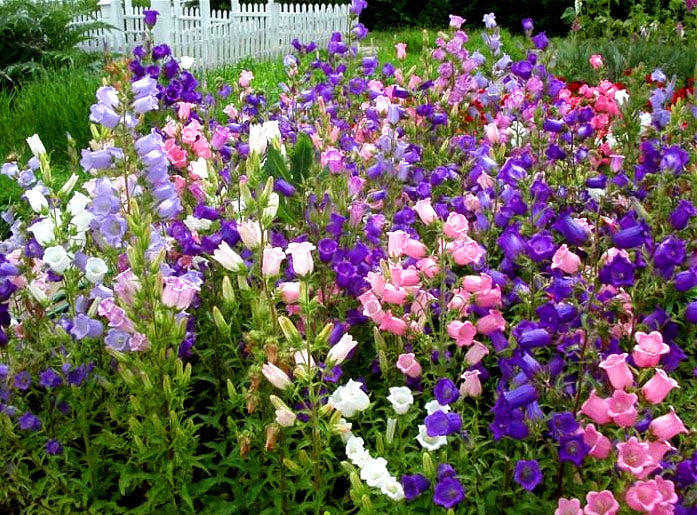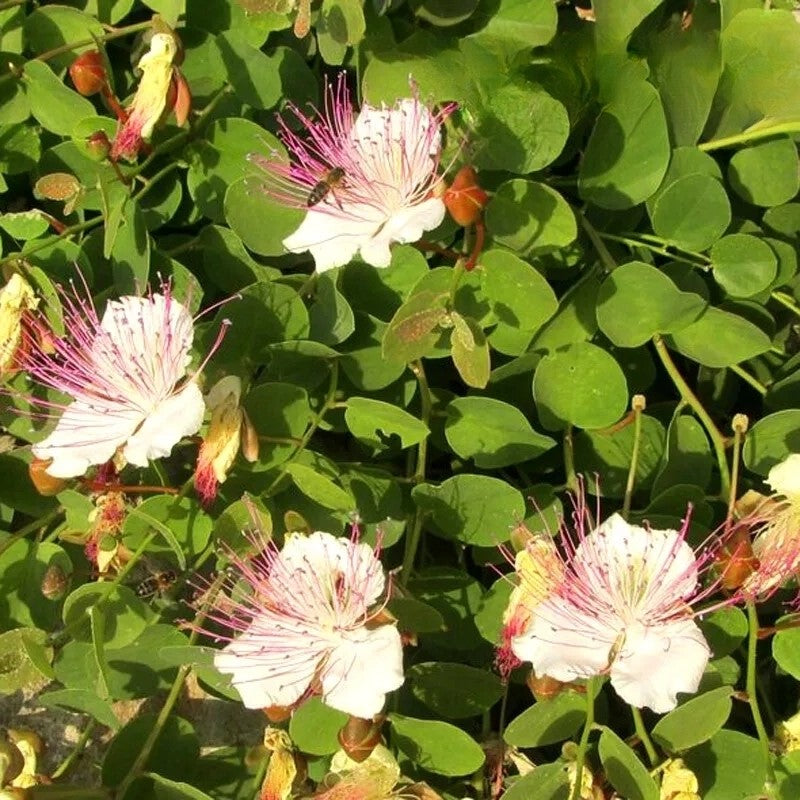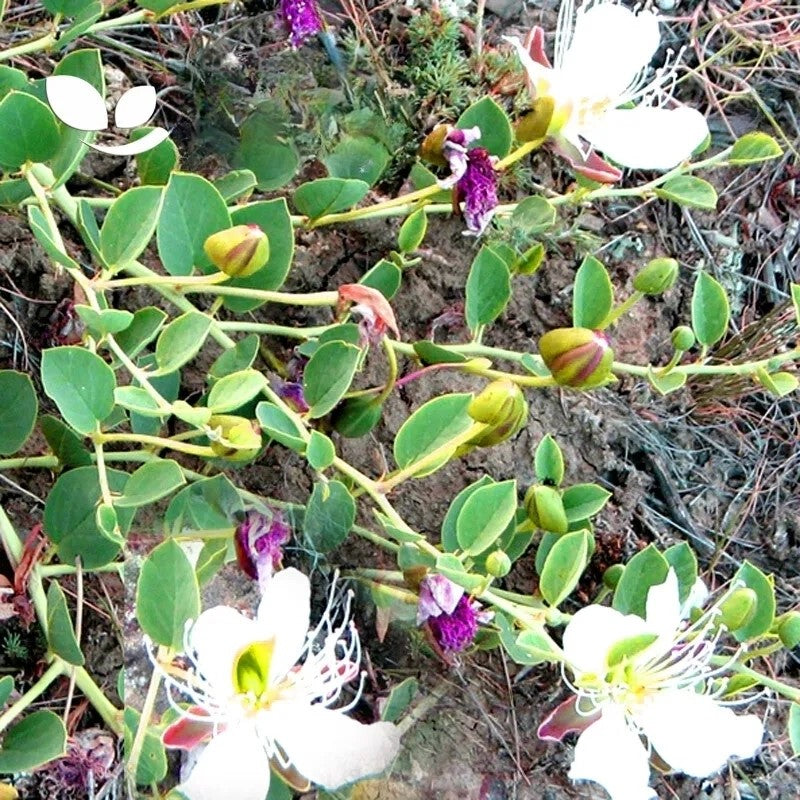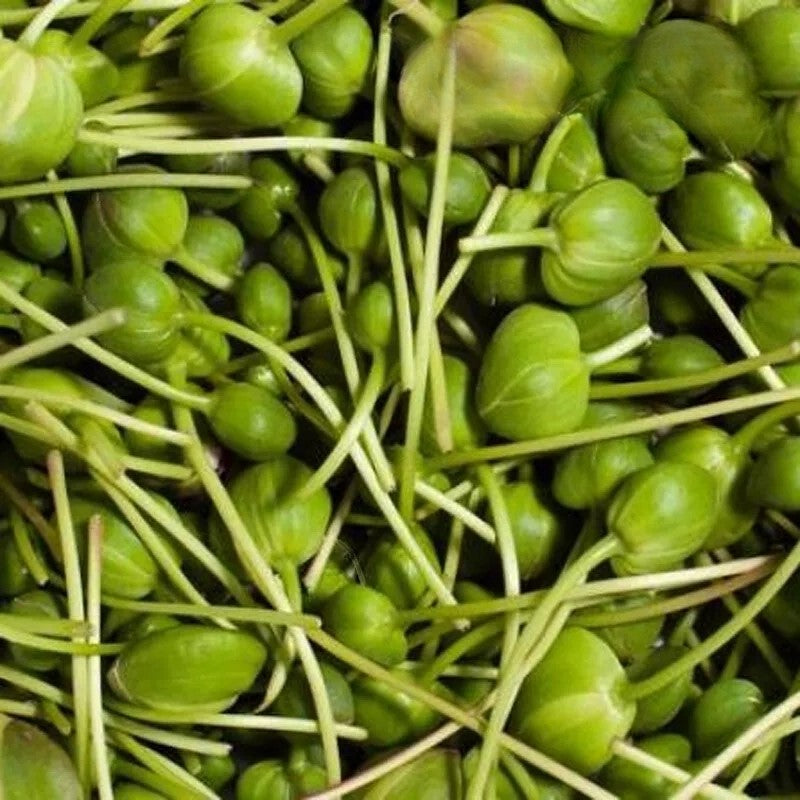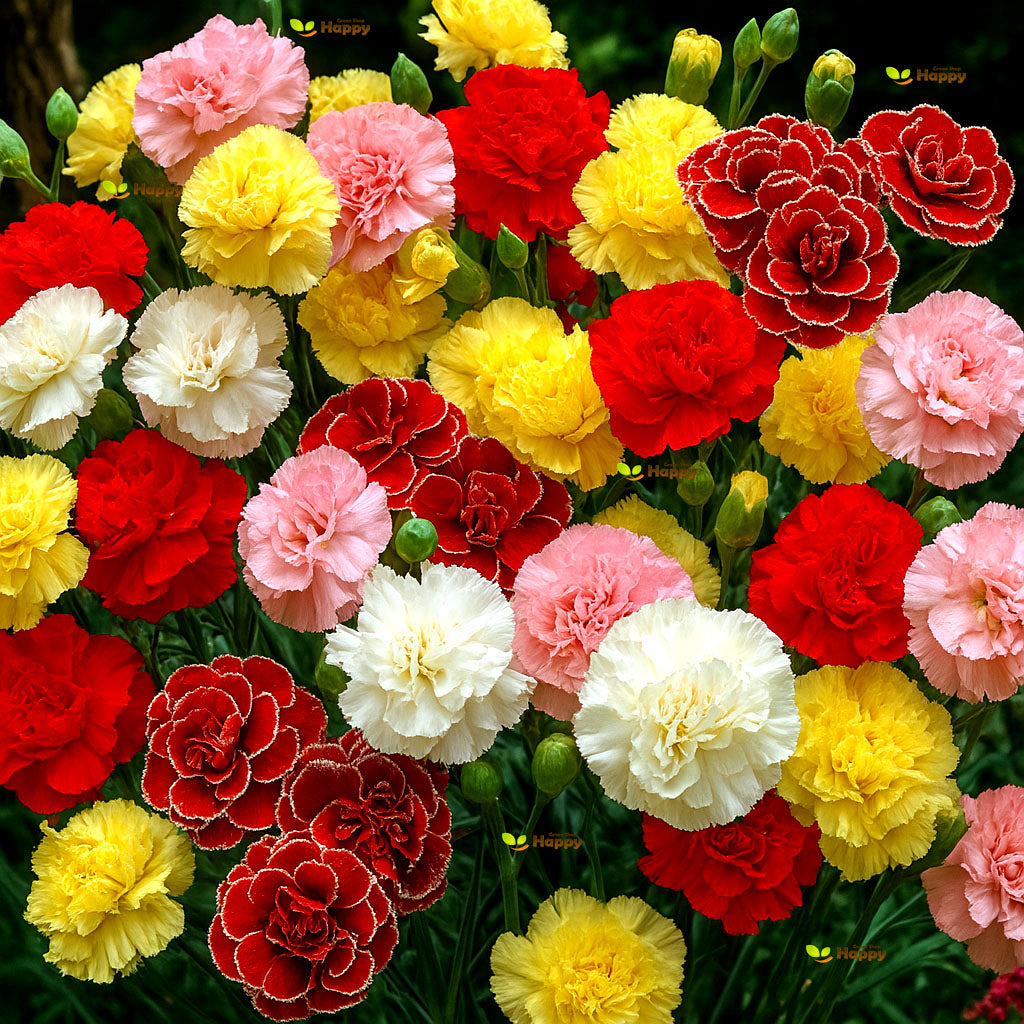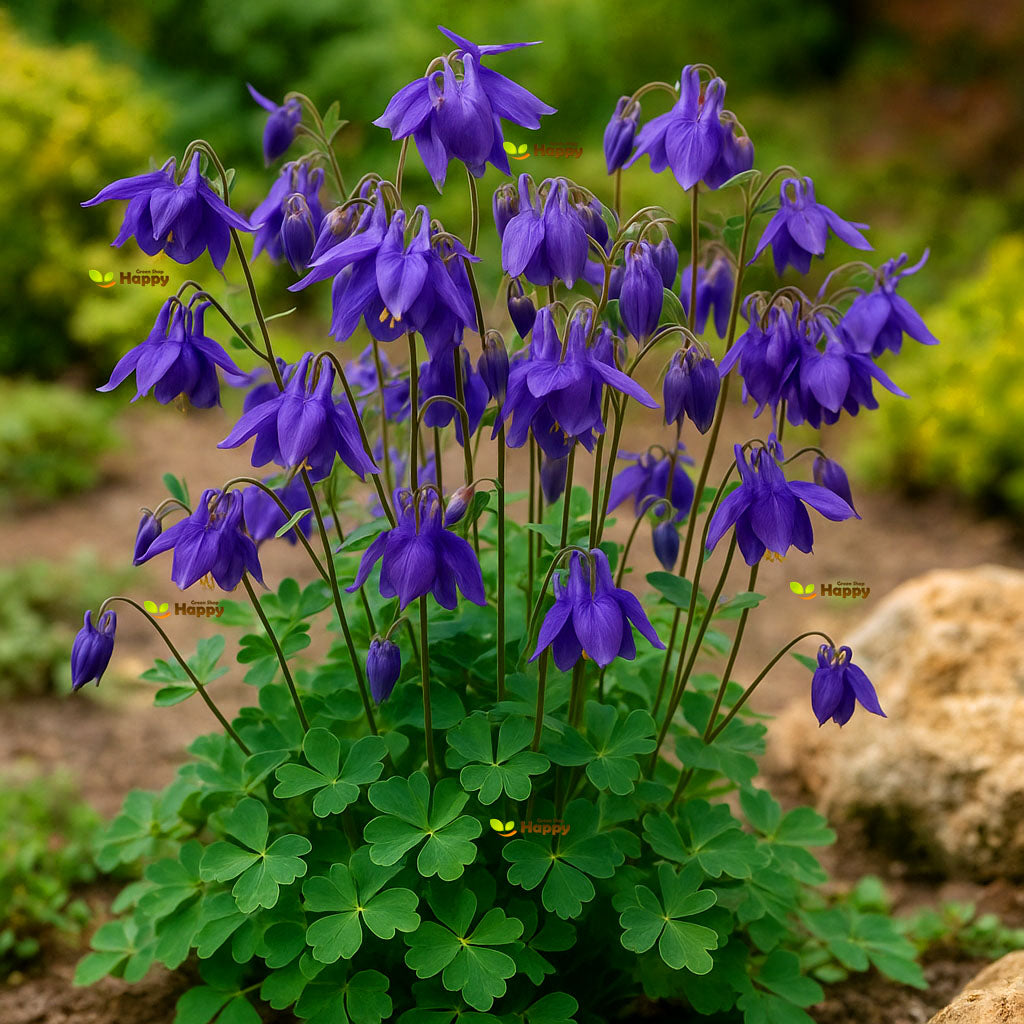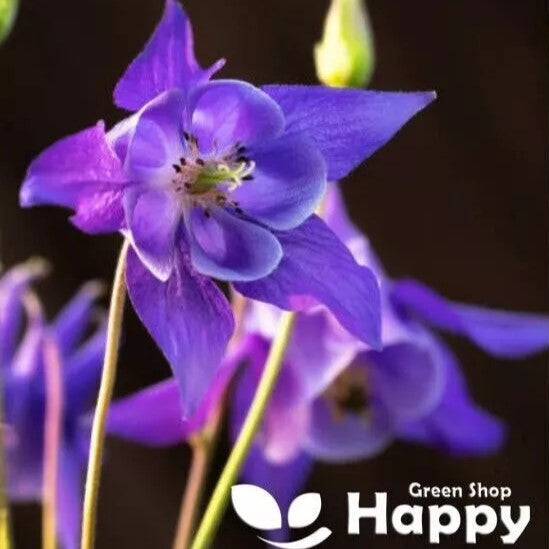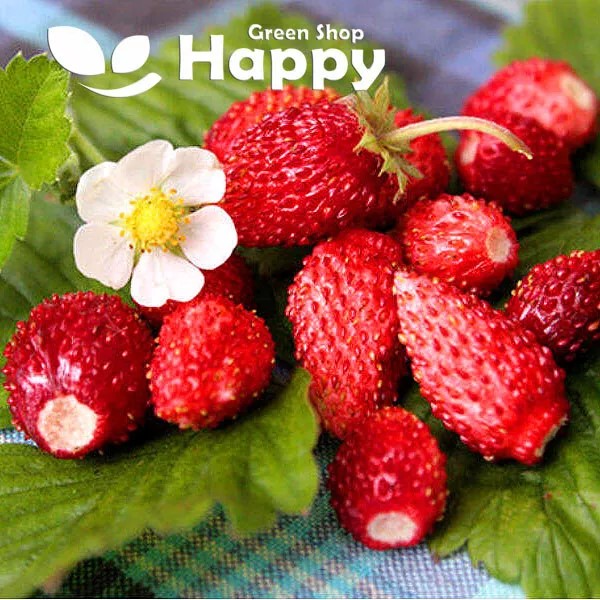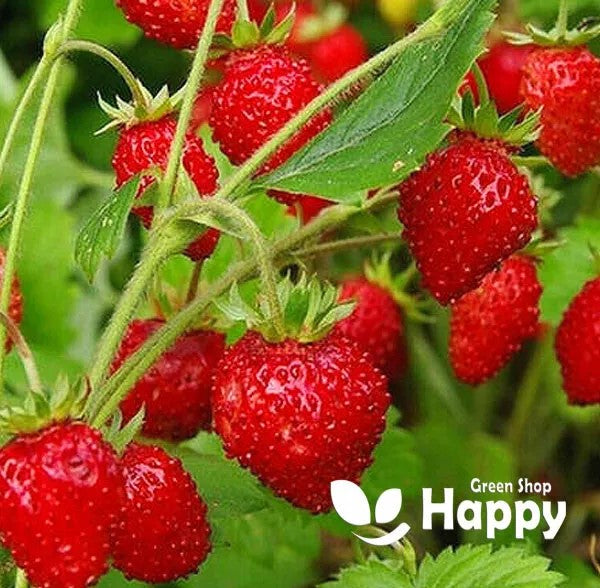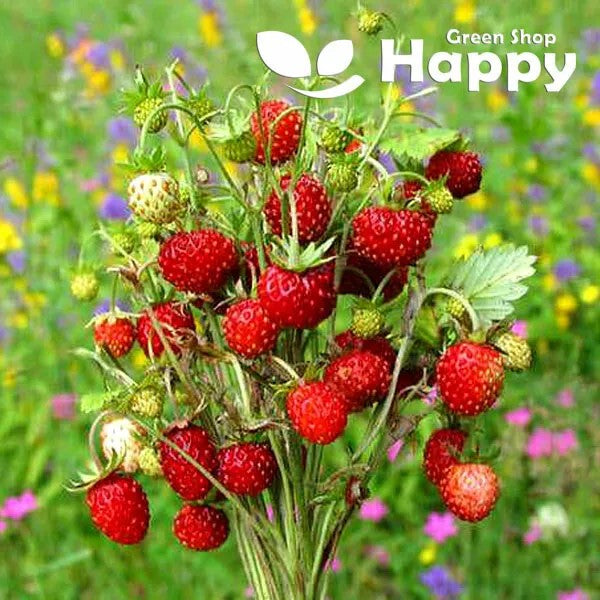Sort by:
33 products
33 products
Canterbury bells 'Cup and saucer' mix - 2000 seeds (Campanula medium Calycanthema)
£1.15
Unit price perCanterbury bells 'Cup and saucer' mix - 2000 seeds (Campanula medium Calycanthema)
£1.15
Unit price perCanterbury Bells ‘Cup and Saucer’ Mix – Seeds (Campanula medium calycanthema)
Description:
Bring timeless charm to your garden with Canterbury Bells ‘Cup and Saucer’ Mix, a classic Campanula medium calycanthema variety celebrated for its distinctive bell-shaped blooms surrounded by delicate “saucers.” This enchanting biennial mix produces tall, sturdy stems covered in pastel shades of blue, pink, white, and lavender. Perfect for cottage gardens, borders, and cutting gardens, these long-lasting flowers make stunning summer displays both in beds and bouquets.
Key Features
-
Unique “cup and saucer” double blooms
-
Elegant mix of blue, pink, white, and lavender shades
-
Tall, upright habit perfect for borders and cutting
-
Attracts bees and pollinators
-
Traditional cottage garden favorite
Ideal For
-
Cottage and country-style gardens
-
Flower borders and mixed beds
-
Cut flower arrangements
-
Pollinator-friendly planting
Sowing & Growing
-
Sow Indoors: February–April
-
Transplant Outdoors: May–June
-
Flowering: June–August (following year)
-
Height: 60–80 cm
-
Spacing: 30 cm apart
-
Light: Full sun or partial shade
-
Soil: Fertile, well-drained
Care Tips
-
Deadhead to encourage extended flowering
-
Water moderately; avoid waterlogging
-
Support tall stems if exposed to strong winds
-
Allow some plants to self-seed for future blooms
Canterbury Bells Mix Seeds (Campanula medium)
Canterbury Bells are classic biennial flowers cherished for their bell-shaped blooms in a range of vibrant colors. This mix produces tall, elegant stems covered in large, showy flowers that brighten borders, cottage gardens, and cut flower arrangements. With their long-lasting blooms and architectural form, they are perfect for adding vertical interest and charm to any garden.
What Makes It Special
-
Produces bell-shaped flowers in multiple colors
-
Tall, upright growth adds vertical structure to borders
-
Excellent for cut flowers with a long vase life
-
Biennial: flowers in the second year for a reliable display
Key Features
-
Botanical name: Campanula medium
-
Common name: Canterbury Bells
-
Seed count: Approx. seeds per pack
-
Height/Spread: 60–90 cm tall, 25–30 cm spread
-
Position: Full sun to partial shade, well-drained soil
-
Flowering period: Second year; early to mid-summer
-
Lifespan: Biennial
Ideal For
-
Borders and cottage-style gardens
-
Cut flower arrangements
-
Mixed flower beds
-
Pollinator-friendly gardens
Sowing Instructions
-
When to sow:
-
Indoors: February–March for transplanting
-
Outdoors: April–May in well-prepared soil
-
-
How to sow:
-
Sow seeds thinly on surface and lightly press into soil
-
Keep soil moist until germination (10–20 days)
-
-
Transplant/Thin: Space seedlings 25–30 cm apart
-
Care: Protect young plants from frost; stake taller varieties if needed
Caper Bush – Seeds (Capparis spinosa)
The Caper Bush is a resilient Mediterranean perennial valued for its flavorful buds and aromatic leaves. Its small, edible buds are commonly pickled and used to enhance salads, sauces, fish dishes, and Mediterranean recipes. This drought-tolerant plant adds both culinary and ornamental value to gardens.
Slow-growing but hardy, the Caper Bush thrives in sunny, well-drained locations and can tolerate poor soils. Over time, it develops attractive sprawling branches and delicate white to pink flowers, followed by round seed pods.
How to Grow
-
Sow indoors: February – April
-
Sow outdoors: Spring in warm climates
-
Position: Full sun
-
Soil: Well-drained, sandy or rocky soil; avoid waterlogged conditions
-
Care: Water sparingly; prune to maintain shape and encourage flowering
Key Features
-
Hardy Mediterranean perennial with edible buds and aromatic leaves
-
Small, flavorful buds ideal for pickling and cooking
-
Drought-tolerant and low-maintenance
-
Produces delicate white-pink flowers and round seed pods
-
Suitable for sunny gardens, rockeries, or container cultivation
Harvest
-
Harvesting period: 2–3 years after sowing for mature buds
-
Pick buds before flowering for pickling and culinary use.
Short Tip
Provide full sun and well-drained soil to encourage healthy growth and abundant buds.
Carnation ‘Vienna’ – 200 Seeds (Dwarf Vienna, Dianthus caryophyllus)
Carnation ‘Vienna’ (Dianthus caryophyllus Dwarf Vienna) is a charming annual producing compact, fragrant blooms in delicate pastel shades. Its dwarf, bushy habit makes it ideal for borders, rockeries, containers, and patios. Long-flowering and easy to grow, it adds elegance and fragrance to any garden while attracting pollinators.
Why Grow "Vienna"
-
Compact, bushy habit perfect for small spaces
-
Fragrant, delicate pastel-colored blooms
-
Long-lasting flowering from late spring to autumn
-
Attracts bees and butterflies
Key Features
-
Type: Annual (Dianthus caryophyllus, Dwarf Vienna)
-
Height: 20–30 cm
-
Flowering: May–October
-
Position: Full sun to partial shade
-
Uses: Borders, rockeries, containers, patios, cottage gardens
Ideal For
-
Small garden beds and borders
-
Rockeries and container planting
-
Patio displays and window boxes
-
Pollinator-friendly gardens
Sowing & Growing
-
Sow indoors: February–April in seed trays
-
Sow outdoors: April–May after frost
-
Germination: 10–20 days at 18–22°C
-
Thin seedlings to 15–20 cm apart
-
Prefers full sun and well-drained soil
-
Deadhead to encourage prolonged flowering
Alpine Columbine Blue – Seeds (Aquilegia alpina)
Alpine Columbine Blue (Aquilegia alpina) is a hardy perennial prized for its striking, deep blue, spurred flowers that bloom in late spring to early summer. Compact and elegant, this alpine variety is perfect for rock gardens, borders, and alpine-style beds. Easy to grow and long-lived, it attracts bees, butterflies, and other pollinators, adding beauty and ecological value to your garden.
Why Grow "Alpine Columbine Blue"
-
Stunning deep blue, spurred flowers
-
Long-lasting blooms from late spring to early summer
-
Hardy, compact, and low-maintenance
-
Pollinator-friendly and perfect for alpine gardens
Key Features
-
Type: Perennial (Aquilegia alpina)
-
Height: 30–40 cm
-
Flowering: Late spring to early summer
-
Position: Full sun to partial shade
-
Uses: Rock gardens, borders, alpine-style beds, pollinator gardens
Ideal For
-
Alpine and rock gardens
-
Borders and compact perennial beds
-
Pollinator-friendly planting schemes
-
Adding early summer color
Sowing & Growing
-
Sow indoors: February–April in trays or pots
-
Germination: 14–21 days at 15–20°C
-
Transplant seedlings outdoors after frost, spacing 25–30 cm apart
-
Prefers well-drained soil in sun to partial shade
-
Mulch in winter for protection in colder regions
Alpine Strawberry "Four Season" – Seeds (Fragaria vesca) Heirloom
The Alpine Strawberry "Four Season" is a traditional heirloom variety renowned for its sweet, aromatic fruits and continuous harvest. Unlike common strawberries, this variety is grown from seed and produces small, intensely flavored berries from early summer until the first frosts.
Compact and hardy, it’s perfect for garden beds, borders, containers, or even hanging baskets. The plant is perennial, returning year after year with delicious fruit. Its small red berries are highly fragrant and make an excellent treat fresh from the garden, or can be used in jams, desserts, and baking.
How to Grow
-
Sow indoors: February – April (surface sow, needs light to germinate)
-
Germination: 14–28 days at 18–22°C
-
Transplant: Harden off and plant out after last frost, spacing 25 cm apart
-
Position: Sunny or partial shade
-
Soil: Moist, fertile, well-drained soil
-
Watering: Keep soil evenly moist, especially in dry weather
Key Features
-
Heirloom variety – traditional, full of flavor
-
Perennial – produces fruit year after year
-
Bears fruit from summer until frost
-
Compact plants – ideal for pots, containers, and edging
-
Small, sweet, and highly aromatic berries
Harvest
-
Harvesting period: June – October (first year from summer if started early)
-
Pick berries regularly to encourage continuous fruiting.
Short Tip
Surface-sow seeds and do not cover – strawberry seeds need light to germinate. Patience is rewarded with continuous fruiting plants.
Showing 33/33





